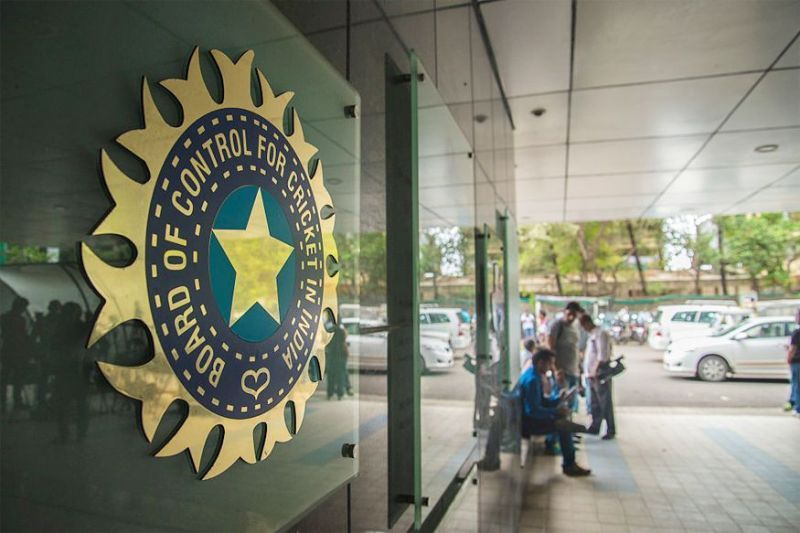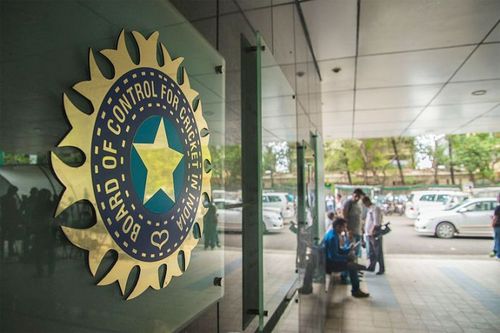
BCCI's e-auctions for media rights: All you need to know

Perhaps this is BCCI's greatest push for transparency, perhaps this is also another decoy, perhaps this is what they were pushed to do, perhaps this is what they had always wanted, whatever be the case, the fact that the richest cricketing board in the world is holding an e-auctions to determine the next set of broadcasters for India's domestic season for the next five years deserves accolades and it needs to be mentioned.
But, then what exactly are these e-auctions, we attempt to present a nuanced and detailed explanation of perhaps the most headline-grabbing word after ball-tampering.
Before this year, the BCCI had always sold their media rights through a closed-bid auction which often enticed plenty of apprehensions and several conspiracy theories. While we do not want to butt in where it is not needed, the board clearly wants to clear the air and bereft of any façade they have opted for an e-auction, which was deemed by the board’s management led by the CEO Rahul Johri.
They might be at loggerheads for every blink of the eye, but this particular move has also the approval of the Supreme Court-appointed committee of administrators (CoA).
Well, it has to be mentioned here that the BCCI has tossed aside plenty of Lodha Panel recommendations, they have taken this particular one on board.
Right, now let’s take the plunge and explain what exactly is an e-auction?
It is primarily a process where the bids are filed by interested entities (read companies) through an online portal.
Unlike the closed bid which was previously used, the companies can opt to move out if their bids fall down the pecking order. As such the highest bidder, the player which still is present on the field bags the rights.
Now, this process was adopted to perhaps erase all doubts which kept floating all over the place about the potential rigging of the auctions. Rival companies could afford to escalate the bids in order the ramp up the price to prevent each other from taking the decisive step. This practice will be put to rest.
As per the contracts and rubrics, there are three categories which are up for sale.
The first one which is also the most lucrative is the Indian television rights cum rest of the world digital rights (GTVRD).
Digital rights only for the Indian subcontinent (ID) is second on the list and finally, the Global Consolidated Rights (GCR) which has the television rights for the Indian subcontinent, rest of the world and the worldwide digital rights in one envelope rounds up the categories.
The duration of these contracts will be five years which will include home internationals for both men and women as well as all the domestic matches played between April 15, 2018, and March 31, 2023.
If the BCCI and the FTP are to be believed, a total of 102 matches have been listed from June 2018 to March 2023.
For GTVRD, it will be INR 20 crore per bid, for ID it would INR 5 crore. The increment for GCRs would be INR 25 crore.
India will be involved in 22 home Test matches, 45 ODIs, and 35 T20s. Barring Pakistan and Ireland, all nine opponents will tour Indian shores.
The highest bid will be flashed on a screen, but the name of the company presenting the bid will be kept anonymous. As such, if other companies believe that they might not be able to match the bid, they can drop out.
As many as six companies, which include the usual suspects like Star, Sony, and Jio along with Facebook and Google, will bid for media rights.
Our tournament homepage has IPL live score, Match Analysis, Detailed Stats, Fantasy Tips, Controversies, Match Predictions and much more. Bookmark it now!